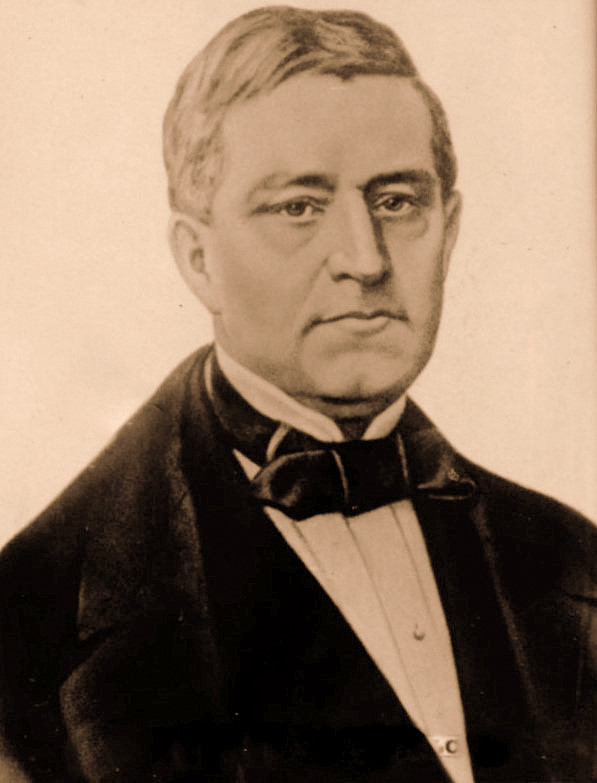2.6.1 The journalism and underlying ideas of Francisco de Frías Jacott, Count of Pozos Dulces (1809 – 1877)

Francisco de Frías, better known by his title of Count of Pozos Dulces, was a representative of the interests of the Creole bourgeoisie, with an investment spirit that incorporated the most advanced scientific concepts of his time, which he acquired during his studies in the United States and Europe. However, he was not only concerned with personal and class advancement; his printed work reveals a conciliatory attitude, imbued with reformist politics, that sought the overall progress of the country.
He oscillated between reformism and annexationism; for his efforts in support of annexation to the United States, he was exiled to Spain in 1854. His reflections were primarily focused on scientific and political fields; but he also wrote on art and other humanities.
His views on international politics are interesting, as he adequately considered the potential role of European powers in resolving colonialism in Cuba. In a polemic with Spanish law professor E. Reynals Rabassa, he passionately defended Cuban nationality.
Between 1860 and 1861, he published his “Guajira Epistles” in “El porvenir del Carmelo,” which addressed agricultural issues, primarily related to the sugar industry. He advocated for the abolition of slavery, a process he linked to the use of technical advances in production. He also supported the call for “white immigration” as a means of countering the increase in the African-American population and in response to the fear of a Black uprising, which was shared in many intellectual and political circles, including those of abolitionist leanings.
Mariana Serra notes his writing skills: “He has the talent of a polemicist and knows how to nuance his expression with emotional intensities (indignation, prophecy, irony, etc.) to discredit opposing ideas and persuade others of the validity of his own. His articles are predominantly didactic, but his style is agile and engaging, even when dealing with topics that could be considered specialized or of very specific interest. He frequently uses dialogical constructions, the epistolary format, and other resources that give it a colloquial tone, which tends to seek greater rapport with the reader, while conveniently incorporating popular expressions or turns of phrase.”
Francisco de Frías played a role in the development of scientific thought in the country, especially in the service of social ends. The weakness of the reformist ideological position crumbled when the efforts of the Information Board failed, and the Count withdrew somewhat from public life, although he continued to sporadically publish some texts in the newspaper “La Opinión,” which sought to continue the work of “El Siglo.” He died in France a year before the end of the Ten Years’ War, with whose guiding ideas he never identified.








